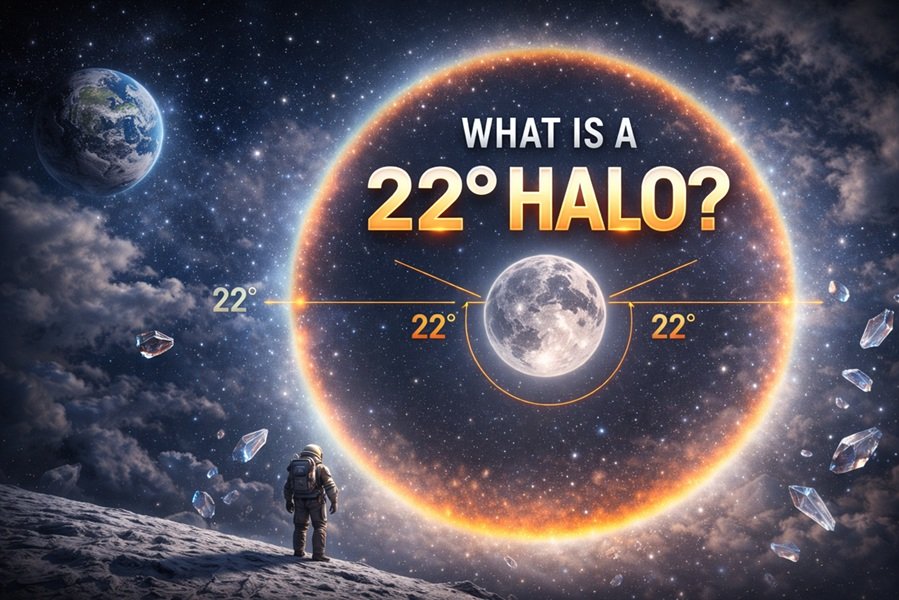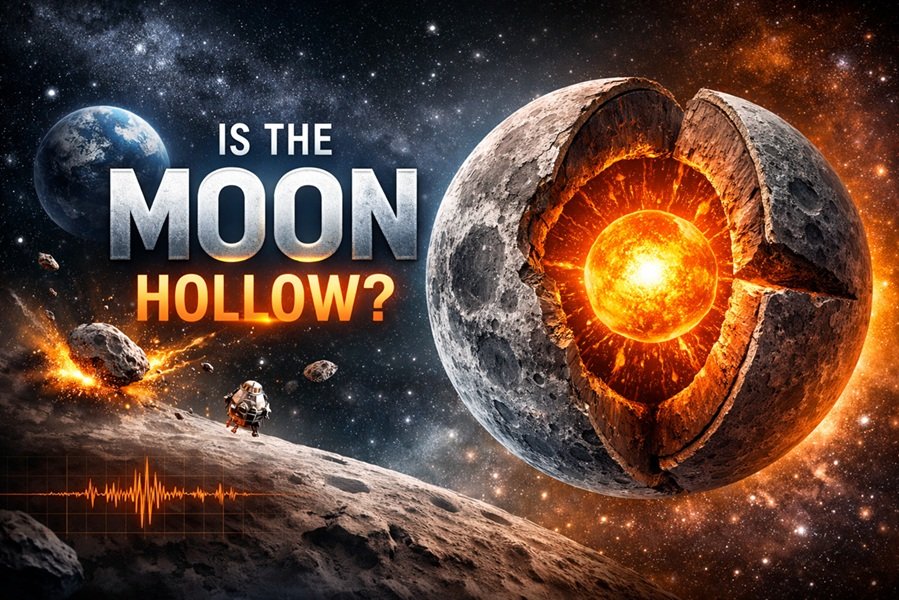
Introduction
Every year on November 8, the world celebrates World Radiography Day — a tribute to the revolutionary discovery of X-rays by Wilhelm Conrad Röntgen in 1895. This day honours the crucial role of radiographers and radiologic technologists who make invisible illnesses visible through the power of medical imaging.
From detecting fractures to diagnosing life-threatening diseases, radiography has become one of the pillars of modern medicine. World Radiography Day reminds us how a single discovery transformed healthcare forever.
The Discovery That Changed Medicine Forever
In November 1895, German physicist Wilhelm Röntgen stumbled upon a mysterious form of radiation while experimenting with cathode rays. This invisible energy could pass through human tissue and project images of bones onto photographic plates.
The first X-ray image ever captured — Röntgen’s wife’s hand — astonished the scientific community. This discovery earned Röntgen the first Nobel Prize in Physics in 1901 and opened the door to modern medical imaging.
Why World Radiography Day is Celebrated
World Radiography Day is not just a celebration of a discovery — it’s a recognition of professionals who ensure safe, accurate and life-saving diagnoses every single day.
The aim of this global observance is to:
- Spread awareness about the importance of medical imaging.
- Educate the public about radiation safety and protection.
- Appreciate the dedication of radiographers and radiologic technologists.
- Encourage students and healthcare workers to pursue careers in radiography.
Theme of World Radiography Day 2025
The official theme for World Radiography Day 2025 is expected to continue celebrating innovation, patient care, and safety in imaging.
Previous themes have included:
- “Radiographers: The Heroes Behind the Image”
- “Celebrating Patient Safety”
- “Radiographers: Seeing the Unseen”
The 2025 focus is likely to highlight the fusion of technology and human skill, showcasing how AI, 3D imaging, and digital diagnostics are revolutionizing the future of healthcare.
The Role of Radiography in Modern Medicine
Radiography is far more than taking X-rays. It’s a scientific art that blends precision, care, and technology.
Modern imaging techniques include:
- X-rays – The foundation of radiographic diagnosis.
- CT (Computed Tomography) – Creates detailed 3D images of organs.
- MRI (Magnetic Resonance Imaging) – Visualizes soft tissues without radiation.
- Ultrasound – Uses sound waves to monitor pregnancies and organs.
- Fluoroscopy & Interventional Radiology – Real-time imaging for surgical guidance.
Each scan tells a story — and behind every image is a skilled radiographer ensuring clarity, accuracy, and patient comfort.
Importance of Radiographers
Radiographers are the eyes of medicine. They help doctors “see” the body from the inside without cutting it open.
Their responsibilities include:
- Positioning patients correctly for accurate imaging.
- Calibrating and maintaining sensitive imaging machines.
- Applying radiation safety protocols.
- Supporting patients during stressful or painful procedures.
- Collaborating with radiologists and doctors for diagnosis.
Without radiographers, early diagnosis and non-invasive treatments would be nearly impossible.
How the World Celebrates Radiography Day
Across hospitals, colleges, and research institutions, the day is celebrated with:
- Seminars, workshops, and exhibitions on medical imaging.
- Public awareness drives about the safe use of radiation.
- Competitions, poster displays, and webinars for students.
- Social media campaigns under hashtags like #WorldRadiographyDay #RadiographyMatters.
These events bridge the gap between science and society, making people aware of how imaging saves lives daily.
Future of Radiography
Radiography continues to evolve with cutting-edge innovations like:
- Artificial Intelligence (AI) in scan interpretation.
- 3D printing and image-guided surgery.
- Portable and low-dose imaging devices for rural healthcare.
- Teleradiology for real-time global collaboration.
The future belongs to radiographers who can combine technical expertise with empathy, helping patients through both technology and care.
50+ Unique Quotes & Captions for World Radiography Day 2025
Inspirational Quotes
- “Radiography turns light into life — revealing what words cannot explain.”
- “A radiographer’s vision sees what even pain cannot show.”
- “Every clear scan is a story of skill, science, and compassion.”
- “Radiographers don’t just capture images — they capture hope.”
- “Where others see shadows, radiographers find the truth.”
- “Behind every diagnosis lies the brilliance of a radiographer.”
- “Seeing the unseen is not magic — it’s radiography.”
- “The quiet heroes who make the invisible visible.”
- “One image can save a thousand lives.”
- “From darkness to diagnosis — radiography leads the way.”
Social Media Captions
- “On #WorldRadiographyDay, let’s salute those who see beyond the surface.”
- “X-rays changed the world — radiographers keep it running.”
- “Celebrating the minds behind the machines. #RadiographyMatters”
- “Today we honour the science that helps us see the unseen. 🌍”
- “Images that save lives. Heroes who never stop seeing. #WRD2025”
- “Because behind every diagnosis, there’s a radiographer’s precision.”
- “Radiography: blending light, logic, and life-saving insight.”
- “Machines scan. Humans care. Radiographers do both.”
- “When you can’t feel it, radiography helps you see it.”
- “Seeing is healing. #WorldRadiographyDay2025”
Educational Captions
- “Did you know? The first X-ray image was of Wilhelm Röntgen’s wife’s hand in 1895.”
- “From X-rays to AI imaging — radiography has redefined diagnosis.”
- “Modern radiography uses less radiation and more intelligence than ever before.”
- “Your bones, lungs, and heart — radiography helps protect them all.”
- “Without imaging, medicine would still be in the dark.”
Professional Appreciation Quotes
- “To all radiographers — thank you for making invisible illnesses visible.”
- “Your precision saves lives, your care gives comfort.”
- “Behind every clear scan is a professional who never compromises on safety.”
- “Saluting radiographers — the invisible guardians of health.”
- “Because of you, millions of lives are diagnosed in time.”
Motivational Lines for Students
- “Dream of light, learn the science, and reveal the unseen — be a radiographer.”
- “The future of radiography is digital — and it starts with you.”
- “In every pixel, there’s purpose. In every image, there’s impact.”
- “Study radiography not to look through bodies, but to look into lives.”
- “Your lens could be someone’s lifeline.”
Poetic & Creative Lines
- “A flash of energy, a story of care — radiography is science with soul.”
- “Between light and life lies the art of radiography.”
- “Not all heroes wear capes — some wear lead aprons.”
- “From bones to hearts, radiography charts the unseen.”
- “X-rays whisper the truth the body hides.”
Short Captions for Instagram/Twitter
- “Shining light into the unseen. #WorldRadiographyDay”
- “The science that never sleeps.”
- “Clear images. Clear lives.”
- “Precision, passion, protection — radiography.”
- “Because every scan counts.”
Healthcare Awareness Quotes
- “Early detection starts with clear imaging.”
- “Safety first, diagnosis second — that’s the radiographer’s way.”
- “Radiation in the right hands saves lives.”
- “Every image brings a patient closer to healing.”
- “Radiography bridges the gap between technology and humanity.”
- “Radiographers — the eyes of modern healthcare.”
- “Your X-ray may fade, but the impact never will.”
- “Every pixel is a step toward recovery.”
- “When machines meet compassion, miracles happen.”
- “Let’s honour the professionals who help us see the light of health.”
Conclusion
World Radiography Day stands as a reminder that behind every clear diagnosis lies dedication, precision, and care. From the first X-ray in 1895 to today’s advanced imaging, radiography has illuminated the path to healing for millions.
So this November 8, let’s thank every radiographer who transforms invisible rays into visible hope — proving that true vision goes far beyond what the eyes can see.







